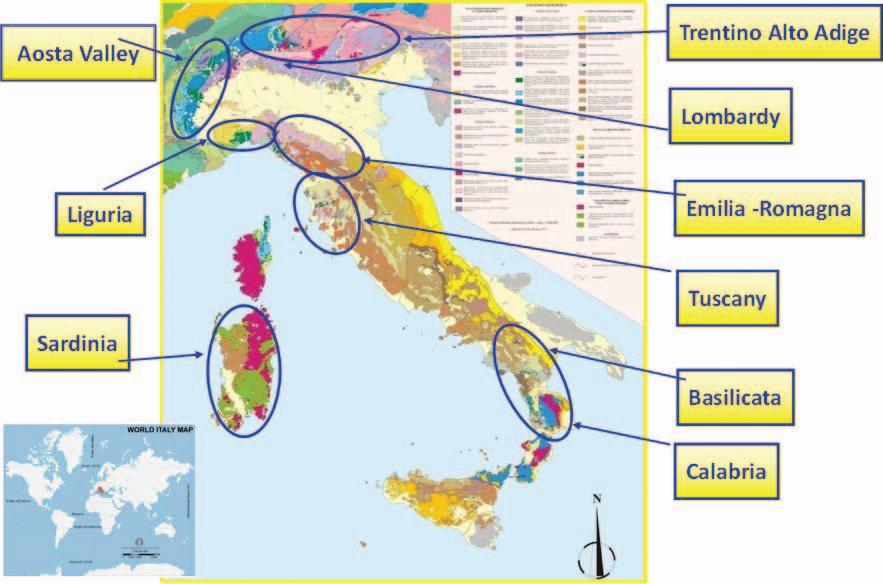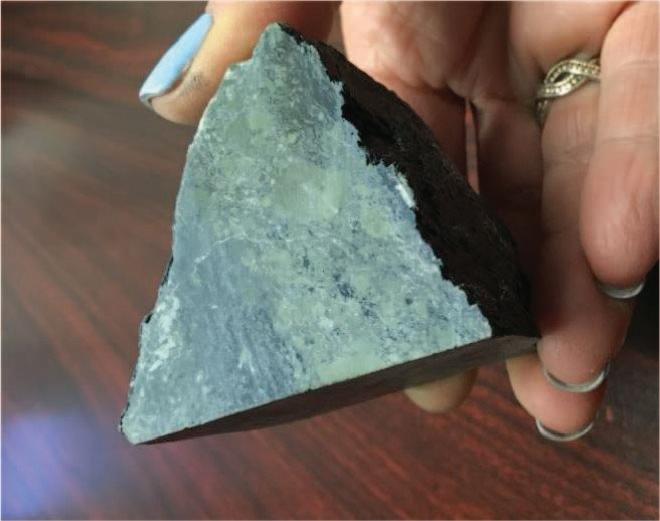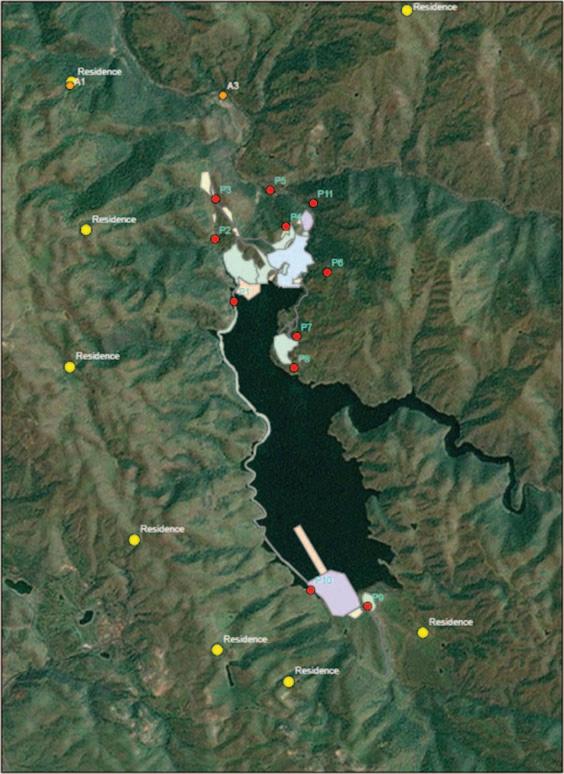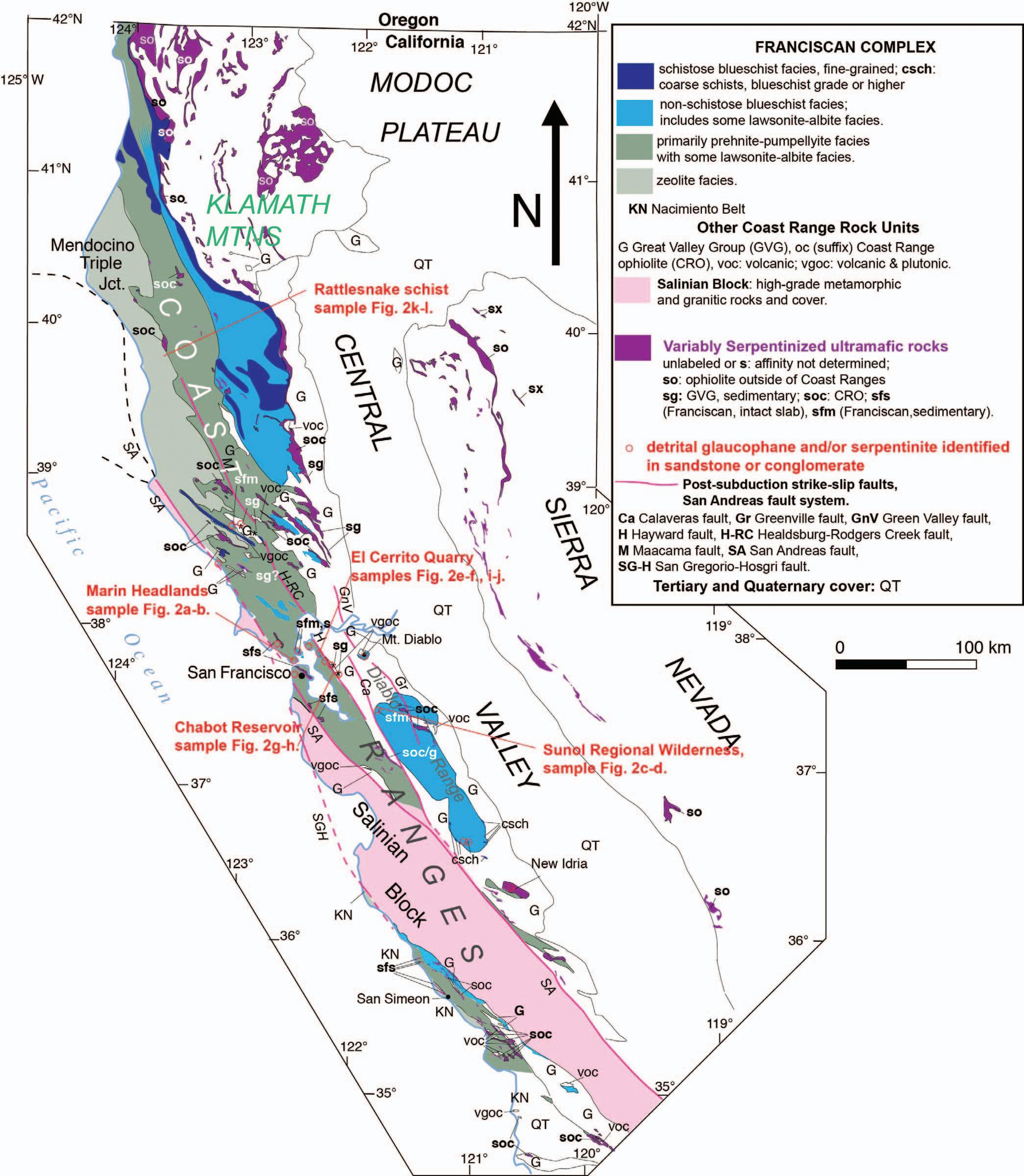Regulations Concerning Naturally Occurring Asbestos (NOA) in Germany—Testing Procedures for Asbestos STEFAN PIERDZIG* CRB Analyse Service GmbH, Bahnhofstrasse 14, D-37181 Hardegsen, Germany
Key Terms: NOA, Asbestos, Analysis, Regulations, Germany, TRGS 517 ABSTRACT In Germany, potential asbestos-containing rocks are used as raw materials for a number of engineering applications. These rocks are ultrabasites (dunite, harzburgite), igneous rocks (basalt, gabbro, norite), and metasomatic or metamorphic rocks like talcum, greenschist and amphibolite. Based on the German Gefahrstoffverordung (Hazardous Substances Ordinance), regulatory statutes exist for operations using these rocks and resultant composites and products. The authorities state that in Germany no natural rocks exist with more than 0.1 mass-% of one of the six regulated asbestos minerals. But it is well known that there are rocks with a high modal concentration of these minerals with a nonasbestiform, columnar to prismatic habitus. Under mechanical stress during handling, they can lead to fibrous cleavage fragments, which conform to the World Health Organization (WHO) “respirable asbestos fiber” definition. In view of this fact, the regulations changed in 2009, with revision of the Technical Rules for Hazardous Substances (TRGS) 517: any fibrous asbestos particles, regardless of whether or not they represent naturally occurring asbestos or are of cleavage origin, are evaluated for potential hazards associated with handling of these rocks. If the WHO fiber concentration is <0.1 mass-%, rocks and products can be used and re-used under protective measures. At concentrations >0.1 mass-%, the material is considered hazardous waste. These regulations apply to many industrial sectors that exploit and process rocks, using them in road building and track construction and when they are recycled. Analysis (by scanning electron microscopy, SEM/energy dispersive x-ray spectroscopy, EDS) to determine the asbestos concentration of rocks, gravels, or dusts is carried out in the <100-µm, grain-size fraction produced by sieving or grinding. The results provide a representation of a worst-case examination of the air quality during mechanical treatment of these materials. Workplace monitoring is done by air sampling to survey an exposure limit of 10,000 fibers/m3 of air (0.01 f/cc). *Corresponding author email: pierdzig@crb-gmbh.de
INTRODUCTION Compiled by Germany’s Committee on Hazardous Substances (AGS), Technical Rules for Hazardous Substances (TRGS) reflect the state of the art and the state of occupational health and occupational hygiene, as well as other sound scientific knowledge relating to activities involving hazardous substances, including their classification and labeling. In compliance with the requirements of the Gefahrstoffverordnung (Hazardous Substances Ordinance; GefStoffV, 2017), TRGS 517 (2013) applies to activities with potentially asbestos-containing mineral raw materials and mixtures and products produced from them and describes the protective measures to be applied to these activities. It applies especially to the following:
r the extraction and purification of naturally occurring mineral raw materials containing asbestos in quarries (e.g., gravel, grit, crushed sand, filler); r the further processing of asbestos-containing mineral raw materials and mixtures and products manufactured from them in construction and civil engineering (e.g., road and rail construction, concrete, asphalt); r the re-processing (recycling) and re-use in road construction (e.g., the treatment and reincorporation of recycled materials, the manufacture of asphalt); and r the processing of natural stone (e.g., soapstone in construction furnaces) and cold milling machines in traffic areas. Following the GefStoffV, the extraction, preparation, further processing, and re-use of mineral raw materials that occur naturally and preparations and articles manufactured therefrom that contain asbestos with a mass content of more than 0.1 percent are prohibited. INFORMATION GATHERING AND RISK ASSESSMENT To assess working conditions according to GefStoffV section 6, the employer must, before commencing activities with potentially asbestos-containing materials, competently determine by means of
Environmental & Engineering Geoscience, Vol. XXVI, No. 1, February 2020, pp. 67–71
67





















